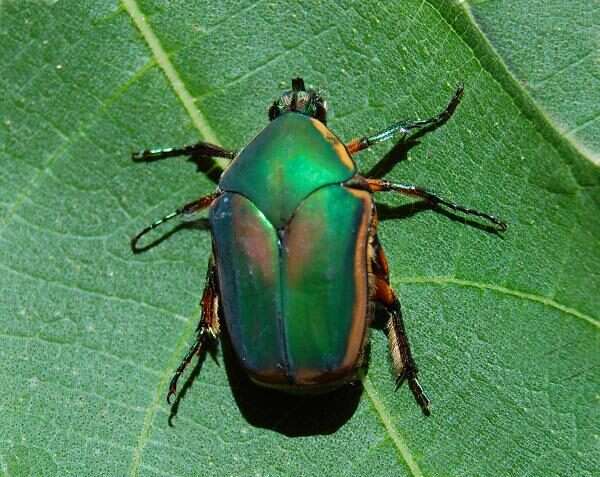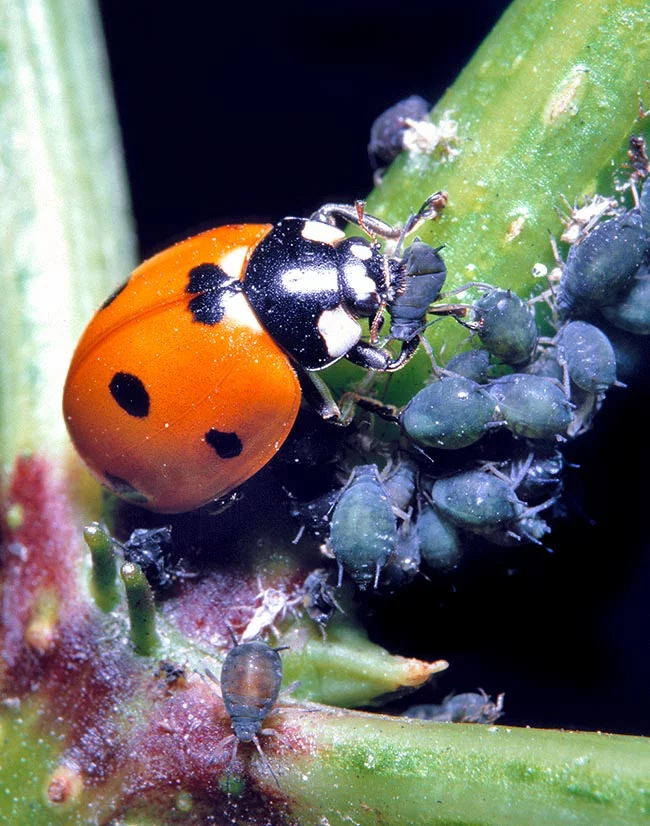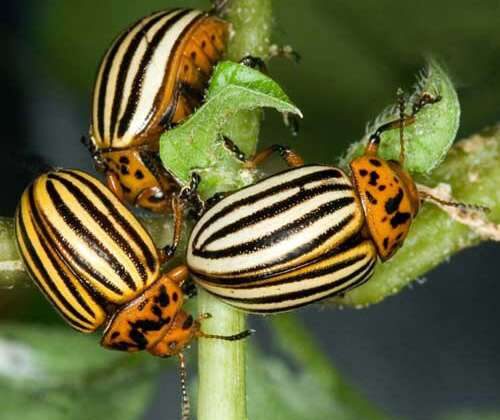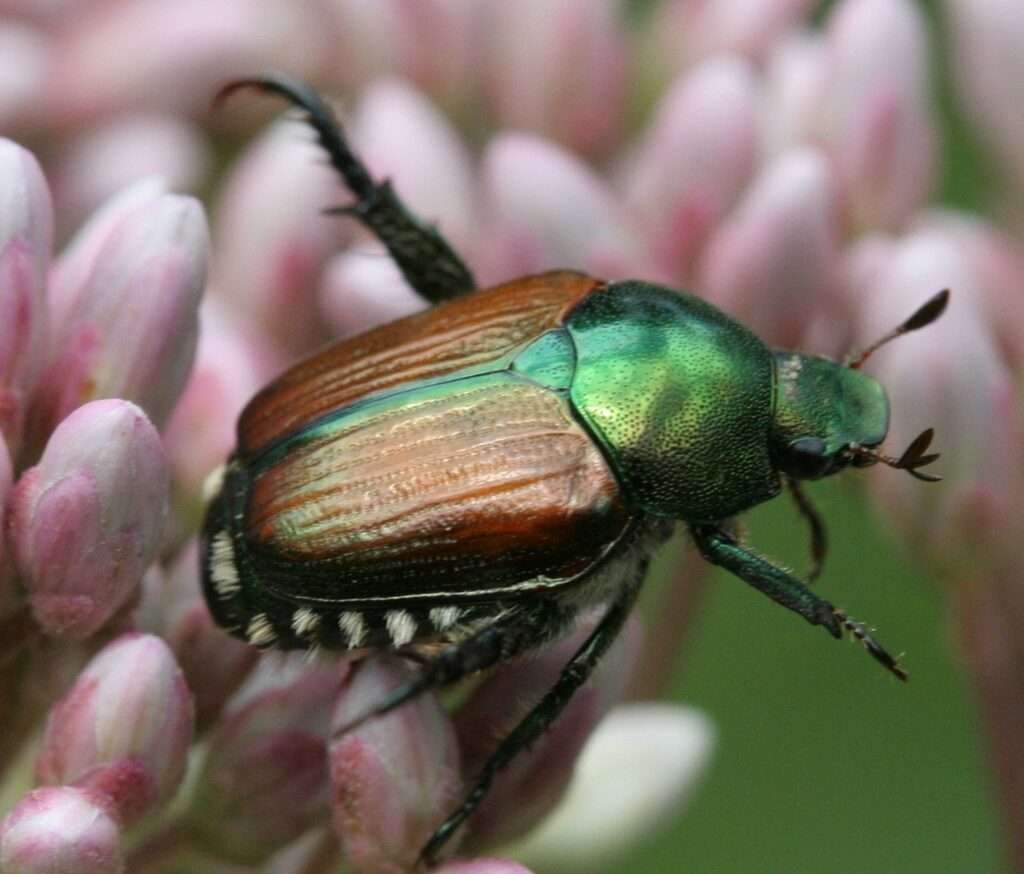
A member of the Scarabaeidae family of beetles, Cotinis nitida is often referred to as the green June beetle. It is widespread in the eastern United States and Canada, with the South having the greatest concentrations. It is occasionally mistaken for the less damaging related species of figeater beetle from the Southwest, Cotinis mutabilis.
The green June beetle is active in the morning and afternoon. The adult is typically 15-22 mm (0.6-0.9 in) long, with wings that are dull metallic green, gold on the sides, and very bright glossy green on the head, legs, and underside. From New Brunswick to Georgia and as far west as California, they can be found there. There may be population exchanges with their western cousin, the fig eater beetle, in Texas.
Geographical Location
Native to the United States, green June beetles are a Nearctic species. Their range stretches from Nebraska to Texas and from New York to Florida.
Habitat
Green June beetle larvae reside underground in the soil. On their host plants, adults live. They can be discovered in woodlands, farms, and lawns. They live in large ecosystems.
Description of the body
- Green June beetles range in size from 15 to 27 mm.
- Compared to green fig beetles, they are smaller.
- They can range in hue from shiny green to gold.
- Their heads, undersides, and legs are metallic green, and their sides are gold.
- The larvae are a light white tint.
- Green June beetles have essentially identical male and female counterparts.

Reproduction
Because of the intense competition among male beetles, some males may try to mate with females who have already given birth. In nutrient-rich soil, females lay spherical, grayish-colored eggs. Green June beetles use internal fertilization and sexual reproduction. They practice seasonal reproduction.
Feeding
During the lactation stages, adults eat corn, tomatoes, soft-skinned fruit, and sap. Adults also consume leaves, pollen, and nectar. Hard meals are difficult for them to chew. Larvae consume decomposing organic waste, plant roots, and rhizomes.
Importance
Role in Ecosystem
Green June beetles consume a range of plant species. They might harm the plants that provide them with food, which would affect other animals.
Positive Role in Humans Life
There is no established economic benefit associated with green June beetles.
Negative Role in Humans Life
Fruits from vineyards and orchards are severely harmed by June adult green beetles. In places like golf courses, lawns, and pastures, larvae may uproot and loosen the soil surrounding plant roots, harming the plants.
Why do they not keep them as pets?
No, they wouldn’t, unless you like their metallic green hue. In particular, while they are larvae or in their grub stage, they are not really useful and more harmful than anything else. As grubs, they won’t think twice about destroying the roots of your plants, chewing and mulching the roots of turf grasses, and generally causing havoc. When they reach adulthood, they become less aggressive, but they are still an annoyance and something you wouldn’t want in your house. Therefore, the only thing appealing about them is their endearing green hue, which has drawn researchers’ attention.
Table





